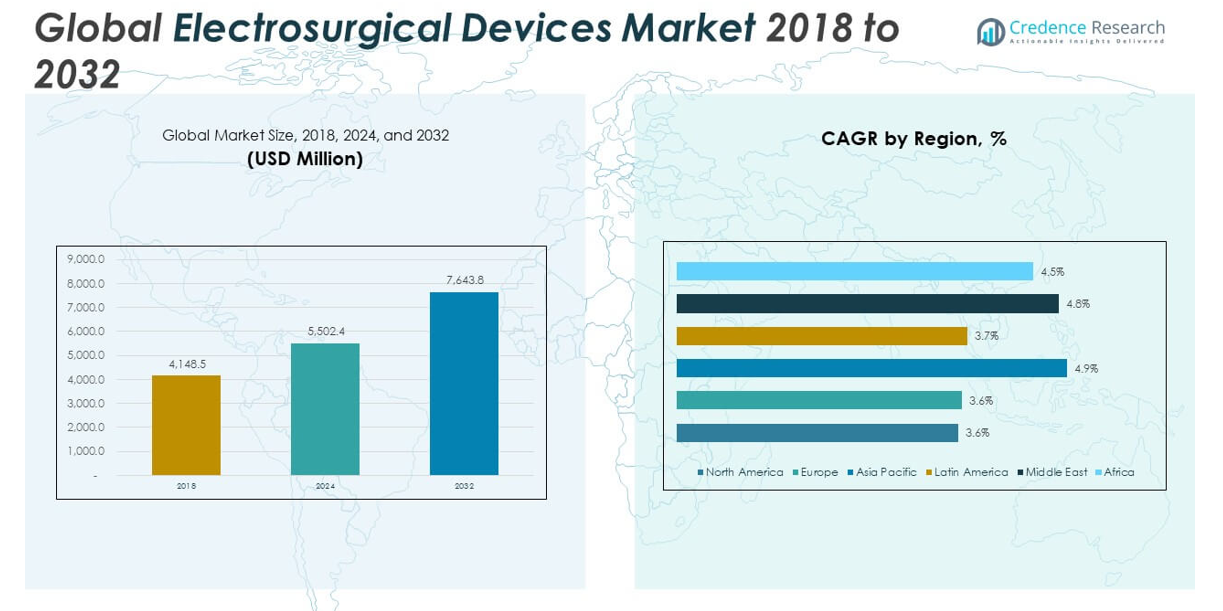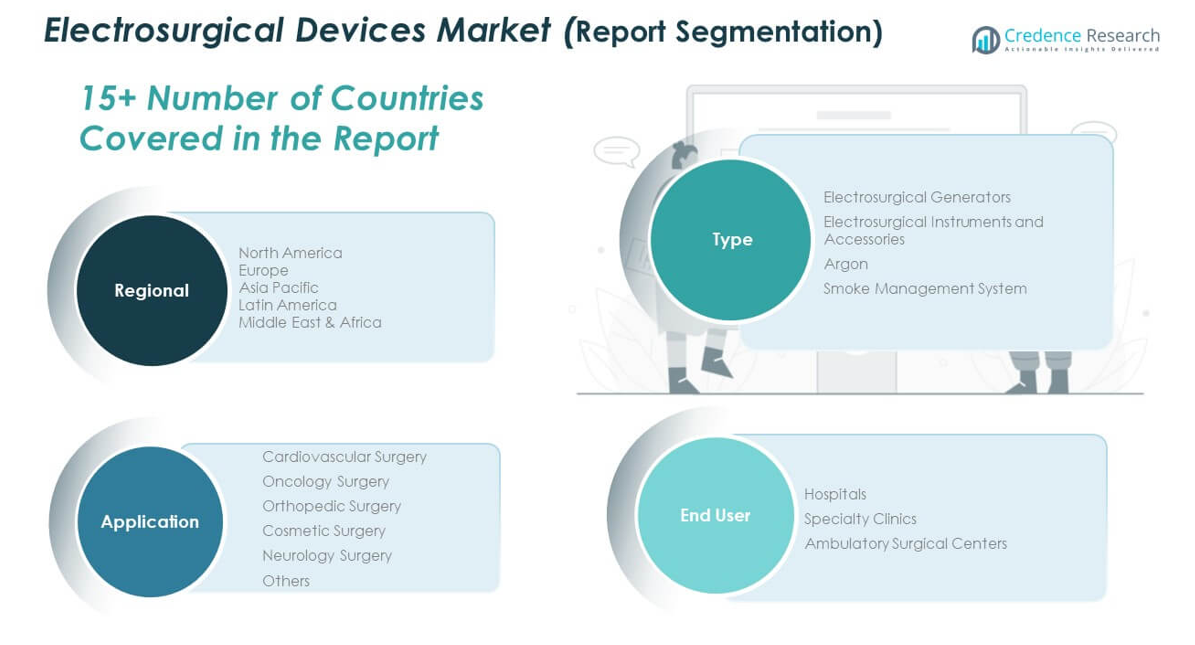CHAPTER NO. 1 : GENESIS OF THE MARKET
1.1 Market Prelude – Introduction & Scope
1.2 The Big Picture – Objectives & Vision
1.3 Strategic Edge – Unique Value Proposition
1.4 Stakeholder Compass – Key Beneficiaries
CHAPTER NO. 2 : EXECUTIVE LENS
2.1 Pulse of the Industry – Market Snapshot
2.2 Growth Arc – Revenue Projections (USD Million)
2.3. Premium Insights – Based on Primary Interviews
CHAPTER NO. 3 : AUDIO CODEC MARKET FORCES & INDUSTRY PULSE
3.1 Foundations of Change – Market Overview
3.2 Catalysts of Expansion – Key Market Drivers
3.2.1 Momentum Boosters – Growth Triggers
3.2.2 Innovation Fuel – Disruptive Technologies
3.3 Headwinds & Crosswinds – Market Restraints
3.3.1 Regulatory Tides – Compliance Challenges
3.3.2 Economic Frictions – Inflationary Pressures
3.4 Untapped Horizons – Growth Potential & Opportunities
3.5 Strategic Navigation – Industry Frameworks
3.5.1 Market Equilibrium – Porter’s Five Forces
3.5.2 Ecosystem Dynamics – Value Chain Analysis
3.5.3 Macro Forces – PESTEL Breakdown
3.6 Price Trend Analysis
3.6.1 Regional Price Trend
3.6.2 Price Trend by product
CHAPTER NO. 4 : KEY INVESTMENT EPICENTER
4.1 Regional Goldmines – High-Growth Geographies
4.2 Function Frontiers – Lucrative Function Categories
4.3 Component Type Sweet Spots – Emerging Demand Segments
CHAPTER NO. 5: REVENUE TRAJECTORY & WEALTH MAPPING
5.1 Momentum Metrics – Forecast & Growth Curves
5.2 Regional Revenue Footprint – Market Share Insights
5.3 Segmental Wealth Flow – Function & Component Type Revenue
CHAPTER NO. 6 : TRADE & COMMERCE ANALYSIS
6.1. Import Analysis by Region
6.1.1. Global Audio Codec Market Import Revenue By Region
6.2. Export Analysis by Region
6.2.1. Global Audio Codec Market Export Revenue By Region
CHAPTER NO. 7 : COMPETITION ANALYSIS
7.1. Company Market Share Analysis
7.1.1. Global Audio Codec Market: Company Market Share
7.2. Global Audio Codec Market Company Revenue Market Share
7.3. Strategic Developments
7.3.1. Acquisitions & Mergers
7.3.2. New Function Launch
7.3.3. Regional Expansion
7.4. Competitive Dashboard
7.5. Company Assessment Metrics, 2024
CHAPTER NO. 8 : AUDIO CODEC MARKET – BY FUNCTION SEGMENT ANALYSIS
8.1. Audio Codec Market Overview by Function Segment
8.1.1. Audio Codec Market Revenue Share By Function
8.2. With DSP
8.3. Without DSP
CHAPTER NO. 9 : AUDIO CODEC MARKET – BY COMPONENT TYPE SEGMENT ANALYSIS
9.1. Audio Codec Market Overview by Component Type Segment
9.1.1. Audio Codec Market Revenue Share By Component Type
9.2. Hardware Codecs
9.3. Software Codecs
CHAPTER NO. 10 : AUDIO CODEC MARKET – BY APPLICATION SEGMENT ANALYSIS
10.1. Audio Codec Market Overview by Application Segment
10.1.1. Audio Codec Market Revenue Share By Application
10.2. Automobile
10.3. Television Sets
10.4. Smartphones and tablets
10.5. Desktop and laptops
10.6. Headphone, Headsets and Wearable devices
10.7. Music & Media Devices and Home Theatres
10.8. Gaming consoles
10.9. Others (AR/VR, Broadcasting Equipment, Smart Home Devices)
CHAPTER NO. 11 : AUDIO CODEC MARKET – REGIONAL ANALYSIS
11.1. Audio Codec Market Overview by Region Segment
11.1.1. Global Audio Codec Market Revenue Share By Region
11.1.3. Regions
11.1.4. Global Audio Codec Market Revenue By Region
.1.6. Function
11.1.7. Global Audio Codec Market Revenue By Function
11.1.9. Component Type
11.1.10. Global Audio Codec Market Revenue By Component Type
11.1.12. Application
11.1.13. Global Audio Codec Market Revenue By Application
CHAPTER NO. 12 : NORTH AMERICA AUDIO CODEC MARKET – COUNTRY ANALYSIS
12.1. North America Audio Codec Market Overview by Country Segment
12.1.1. North America Audio Codec Market Revenue Share By Region
12.2. North America
12.2.1. North America Audio Codec Market Revenue By Country
12.2.2. Function
12.2.3. North America Audio Codec Market Revenue By Function
12.2.4. Component Type
12.2.5. North America Audio Codec Market Revenue By Component Type
2.2.6. Application
12.2.7. North America Audio Codec Market Revenue By Application
2.3. U.S.
12.4. Canada
12.5. Mexico
CHAPTER NO. 13 : EUROPE AUDIO CODEC MARKET – COUNTRY ANALYSIS
13.1. Europe Audio Codec Market Overview by Country Segment
13.1.1. Europe Audio Codec Market Revenue Share By Region
13.2. Europe
13.2.1. Europe Audio Codec Market Revenue By Country
13.2.2. Function
13.2.3. Europe Audio Codec Market Revenue By Function
13.2.4. Component Type
13.2.5. Europe Audio Codec Market Revenue By Component Type
13.2.6. Application
13.2.7. Europe Audio Codec Market Revenue By Application
13.3. UK
13.4. France
13.5. Germany
13.6. Italy
13.7. Spain
13.8. Russia
13.9. Rest of Europe
CHAPTER NO. 14 : ASIA PACIFIC AUDIO CODEC MARKET – COUNTRY ANALYSIS
14.1. Asia Pacific Audio Codec Market Overview by Country Segment
14.1.1. Asia Pacific Audio Codec Market Revenue Share By Region
14.2. Asia Pacific
14.2.1. Asia Pacific Audio Codec Market Revenue By Country
14.2.2. Function
14.2.3. Asia Pacific Audio Codec Market Revenue By Function
14.2.4. Component Type
14.2.5. Asia Pacific Audio Codec Market Revenue By Component Type
14.2.5. Application
14.2.7. Asia Pacific Audio Codec Market Revenue By Application
14.3. China
14.4. Japan
14.5. South Korea
14.6. India
14.7. Australia
14.8. Southeast Asia
14.9. Rest of Asia Pacific
CHAPTER NO. 15 : LATIN AMERICA AUDIO CODEC MARKET – COUNTRY ANALYSIS
15.1. Latin America Audio Codec Market Overview by Country Segment
15.1.1. Latin America Audio Codec Market Revenue Share By Region
15.2. Latin America
15.2.1. Latin America Audio Codec Market Revenue By Country
15.2.2. Function
15.2.3. Latin America Audio Codec Market Revenue By Function
15.2.4. Component Type
15.2.5. Latin America Audio Codec Market Revenue By Component Type
15.2.6. Application
15.2.7. Latin America Audio Codec Market Revenue By Application
15.3. Brazil
15.4. Argentina
15.5. Rest of Latin America
CHAPTER NO. 16 : MIDDLE EAST AUDIO CODEC MARKET – COUNTRY ANALYSIS
16.1. Middle East Audio Codec Market Overview by Country Segment
16.1.1. Middle East Audio Codec Market Revenue Share By Region
16.2. Middle East
16.2.1. Middle East Audio Codec Market Revenue By Country
16.2.2. Function
16.2.3. Middle East Audio Codec Market Revenue By Function
16.2.4. Component Type
16.2.5. Middle East Audio Codec Market Revenue By Component Type
16.2.6. Application
16.2.7. Middle East Audio Codec Market Revenue By Application
16.3. GCC Countries
16.4. Israel
16.5. Turkey
16.6. Rest of Middle East
CHAPTER NO. 17 : AFRICA AUDIO CODEC MARKET – COUNTRY ANALYSIS
17.1. Africa Audio Codec Market Overview by Country Segment
17.1.1. Africa Audio Codec Market Revenue Share By Region
17.2. Africa
17.2.1. Africa Audio Codec Market Revenue By Country
17.2.2. Function
17.2.3. Africa Audio Codec Market Revenue By Function
17.2.4. Component Type
17.2.5. Africa Audio Codec Market Revenue By Component Type
17.2.6. Application
17.2.7. Africa Audio Codec Market Revenue By Application
17.3. South Africa
17.4. Egypt
17.5. Rest of Africa
CHAPTER NO. 18 : COMPANY PROFILES
18.1. Cirrus Logic
18.1.1. Company Overview
18.1.2. Function Portfolio
18.1.3. Financial Overview
18.1.4. Recent Developments
18.1.5. Growth Strategy
18.1.6. SWOT Analysis
18.2. Qualcomm
18.3. Realtek Semiconductor
18.4. Dolby Laboratories
18.5. Technicolor
18.6. Analog Devices
18.7. STMicroelectronics
18.8. Texas Instruments
18.9. Fraunhofer IIS
18.10. Xiph
18.11. Broadcom
18.12. AMS
18.13. Tempo Semiconductor
18.14. Dialog Semiconductor
18.15. CML Microcircuits
18.16. Tieline
18.17. AKM (Asahi Kasei Microdevices)
18.18. Sony Corporation





